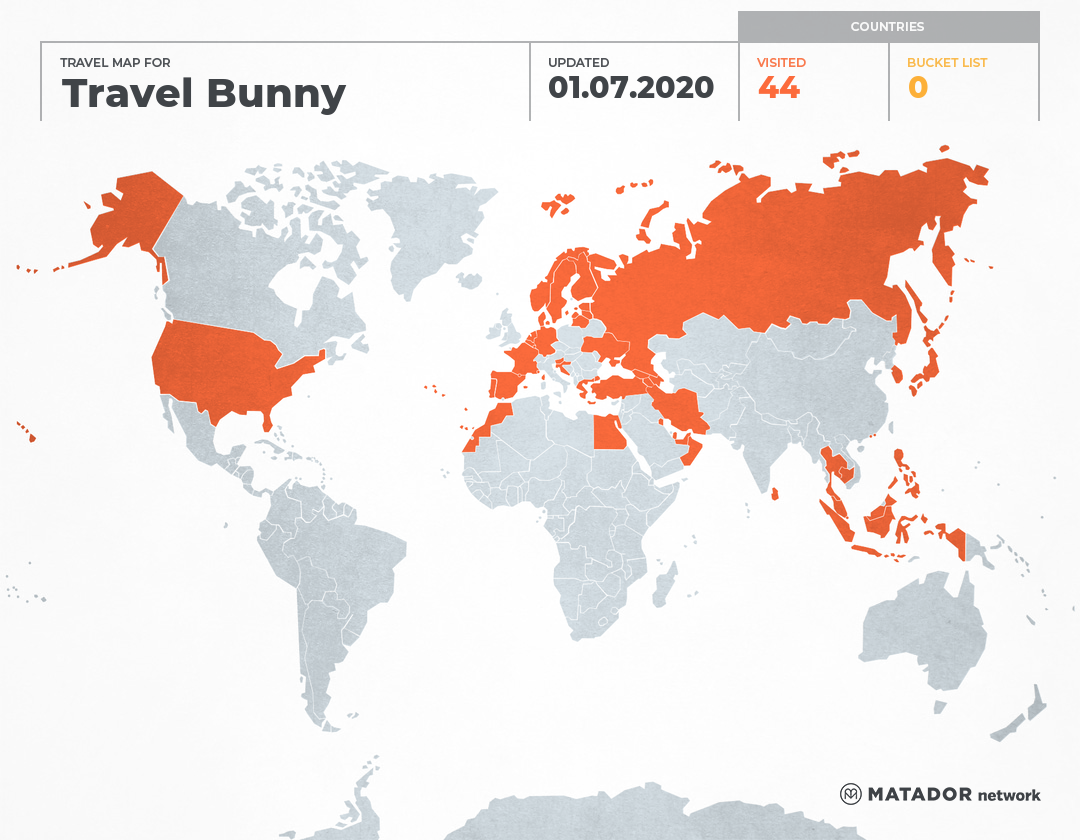
Iran, also known as Persia is the site to one of the oldest civilizations. It is the second largest country in the Middle East. Its rich history and culture is what drawn me to this country. I spent the first day exploring Tehran on my own, after which I joined the 8 day tour with key2persia. The tour brought me from Tehran to Shiraz, Persepolis, Necropolis, Esfahan, Abyaneh, Kashan, and finally back to Tehran again before I flew back to Doha.

Tabatabaei House is a historic house in Kashan, built in early 1880s for the Tabatabaiha family. It consist of four courtyards and includes classical features of traditional Persian residential architecture, such as biruni and andaruni.

Karshan is just 2.5 hours from Tehran. Fin Garden located in Karshan is a historical Persian garden. It contains Kashan’s Fin Bath, where Amir-Kabir, a famous chancellor of Qajarid was murdered by the King Nasereddin Shah in 1852. The garden covers 2.3 hectares with a main yard surrounded by ramparts with four circular towers.

Abyaneh Village, known as the Red Village because of its red soil and houses, is one of Iranian historical villages located at the foot of Karkas Mountain. The word ‘Abyaneh’ has been derived from the word ‘viona’ meaning ‘Willow Grave’ in local dialect.

Manar Jonban or Shaking Minarets is the mausoleum of Amu Abdollah Garladani, one of the mystic men in 7th and 8th centuries of lunar Hejira who passed away in 716. The most interesting and exciting feature of these minarets is that when one minaret starts shaking, the other starts shaking with the same frequency simultaneously.

Khaju Bridge is arguably the finest bridge in Esfahan. It was built by Shah Abbas II around 1650. It served as both a bridge and a dam, spanning across Zayandeh River. While Si-O-Seh Pol is the longest bridge on Zayandeh River. These two bridges are the most popular bridges among the eleven bridges across Zayandeh River.

Vank Cathedral was established in 1606, dedicated to the Armenian deportees that were resettled by Shah Abbas I during the Ottoman War (1603 – 1618). The Armenian immigrants settled in Esfahan and started building churches and monasteries to continue their religious activities in their new home. Vank Cathedral was originally a small church called Amna Perkich, which means “All Healing”. It was later expanded under the supervision of Archbishop David before it was completed in 1664.

Chehel Sotoun was built as a pleasure pavilion and reception hall by Shah Abbas II and completed in 1647. The name, meaning “Forty Columns” in Persian, was inspired by twenty wooden columns supporting the entrance pavilion, which when reflected in the waters of the fountain, are said to appear to be forty.

Ali Qapu Palace was first built in 1597 as a residence for Shah Abbas I. It is located on the western side of Imam Khomeini Square, just opposite to Sheikh Lotfollah Mosque. It was originally a four-storey building with a veranda. Shah Abbas II expanded the palace and a music hall was constructed on the top of palace.

Sheikh Lotfollah Mosque on the eastern side of Imam Khomeini Square, was built during the Shah Abas time and dedicated to his father in-law, Sheikh Lotfollah. Sheikh Lotfollah was a preacher and teacher who came from Lebanon to Esfahan at the orders of Shah Abas. Another prominent building is the Shah Mosque on the south side of the Imam Khomeini Square. The Shah Mosque is even depicted on the reverse of Iranian 20,000 rials banknote.

Esfahan is one of the oldest city in Iran. This 2,500 years old city served as Persia’s capital from 1598 to 1722. Imam Khomeini Square is a public square, one of the largest in the Middle East, located at the center of Esfahan city. It is a UNESCO World Heritage site. The square is surrounded by buildings from the Safavid era.

Naqsh-e Rustam ,“Carved Representations of Rostam”, is one of the most important archeological sites in Iran and contains monuments of the Achaemenid and Sasanian dynasties. Many of the rock carvings show triumphant Iranian horseman and were attributed to the Iranian National Hero Rostam. The Persian Achaemenids built a fortified wall in front of the cliff, and erected a stone tower and prepared elaborate rock-cut tombs for Darius the Great and his successors: Xerxes, Artaxerxes and Darius II. From A.D. 224, the Sasanians who claimed Achaemenid heritage, chose the site as a national shrine, and carved there rock relief, inscriptions and tombs.

Persepolis is the magnificent palace complex founded by Darius the Great in about 518 BC to serve as a symbol of power and also as the setting for celebrating the great national and religious festival of Nawrooz (“New Year Day”). He ordered a promontory at the foot of the mountain called Mount Mithra, which is now known as Kooh-e Rahmat (“Mount Mercy”) to be cut to a smooth surface on which various residential and official palaces were to be built. This ancient heart of the Persian empire is now a UNESCO World Heritage Site.

Vakil Mosque located in Shiraz, situated to the west of the Vakil Bazaar next to its entrance, is a beautiful mosque built in the mid-18th century by Karim Khan Zand, the founder of the Zand Dynasty. Vakil means regent, which was the title used by Karim Khan. The mosque covers an area of 8,660m2 with only two halls instead of the usual four. This historic building was registered as national heritage about 76 years ago.

Built in 1766 during the Zand Dynasty, the Arg of Karim Khan or the Karim Khan Castle was used by the king as his living quarters. At times, the citadel was used as a prison. Today, it is a museum operated by Iran’s Cultural Heritage.

Ali Ibn Hamze Holy Shrine is the tomb of the nephew of Imam Reza (the eighth Shiite Imam and descendant of prophet Mohammad). The first mausoleum was built in the 10th century and was renovated many times since. The existing shrine was built in the 19th century after earthquakes destroyed previous incarnations.

Saadi was one of Iran’s greatest poet and is recognized for the quality of his writings and for the depth of his social and moral thoughts. After his death in 1292, he was buried here at his native town Shiraz and later a mausoleum was built to honour him.

Established during the Saljughid Dynasty (1037-1193), Eram Garden is a historic Persian Garden inscribed in the UNESCO World Heritage Site.

Built from 1876 to 1888, Nasir Al Molk Mosque was constructed during the Qajar period. The Nasir Al Molk Mosque is also known as the Pink Mosque for the pink coloured tiles that cover the interior.

Tehran is situated at the foot of the Alborz mountain range and has been the capital of Iran since 1776. I spent 3 nights in Tehran and let me summarize my visit to this vibrant city.
Follow Me @Instagram























